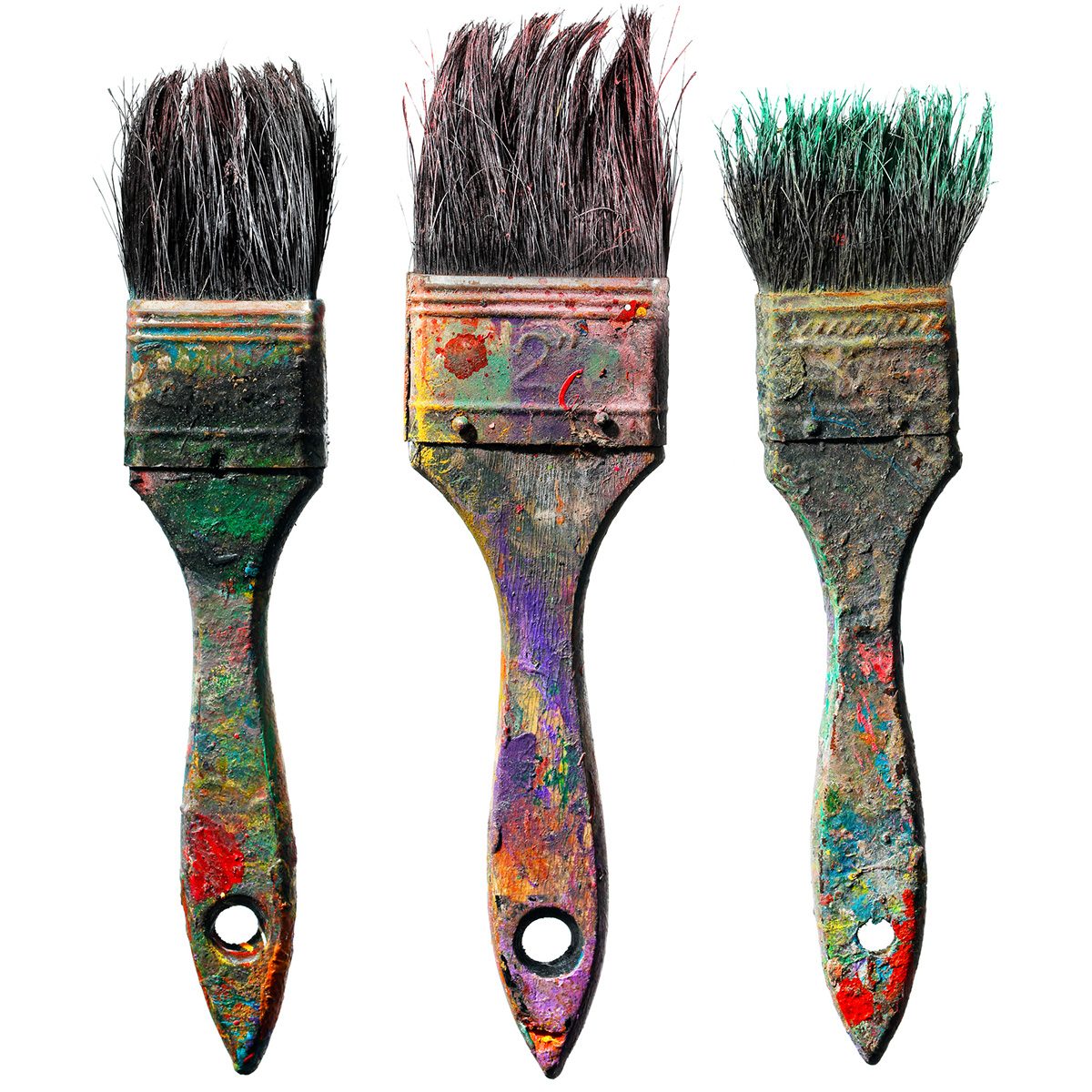
The Importance of Cleaning Your Paint Brushes
Premium trade quality paint brushes can last for years if they are cared for correctly. They are a crucial investment for anyone seeking a professional finish. By cleaning your brushes thoroughly after each project, you can extend their lifespan and maintain their effectiveness. Spending a few extra minutes on maintenance and cleaning now can save you both time and money in the future.
As a professional tradesperson, you know that the quality of your tools and equipment can greatly impact the outcome of your work. Investing in high-quality paint brushes is essential, but it's equally important to properly clean and store them after each use to ensure their longevity and effectiveness. In this comprehensive guide, we will walk you through the step-by-step process of cleaning your paint brushes for the best value and most uses.
1) Use up what paint is left on your brush
Before starting the cleaning process, remove as much paint as possible from your brush by pushing the bristles against the inside of the paint can firmly. If there is any remaining paint, brush it off onto newspaper or an old cloth. The more paint you remove from the bristles, the easier the cleaning process will be.
2) Choose the appropriate solvent
To clean your brushes, you need to use the right solvent. Check the instructions on the paint can for the recommended cleaning solution, but in general:
- For oil-based paints, we recommend using mineral spirits or turpentine.
- For water-based paints, use hot water and liquid dish soap.
- Wear rubber gloves to protect your skin during the cleaning process. If using turpentine, work away from surfaces to avoid staining and dispose of the solution correctly.
3) Clean the brush
Place enough solvent or water solution in a bowl or container to fully submerge the bristles of the brush. Avoid dipping your dirty brush directly into the solution.
Gently stir the brush in the solvent solution for 20-30 seconds. Squeeze and wipe the bristles on the sides of the bowl to remove excess paint. You can also use your fingers or a brush comb to loosen the paint without damaging the bristles. If the paint has already dried, you may need to soak the brush. Change the water or solution as needed until all the paint is removed.
In conclusion, proper cleaning and maintenance of your paint brushes is essential for achieving a professional finish and maximizing their lifespan. By following these steps and using the appropriate solvent, you can ensure that your brushes remain in top condition and provide you with the best value for your money. Invest a few extra minutes in cleaning your paint brushes now to save time and money in the long run. Happy painting!
